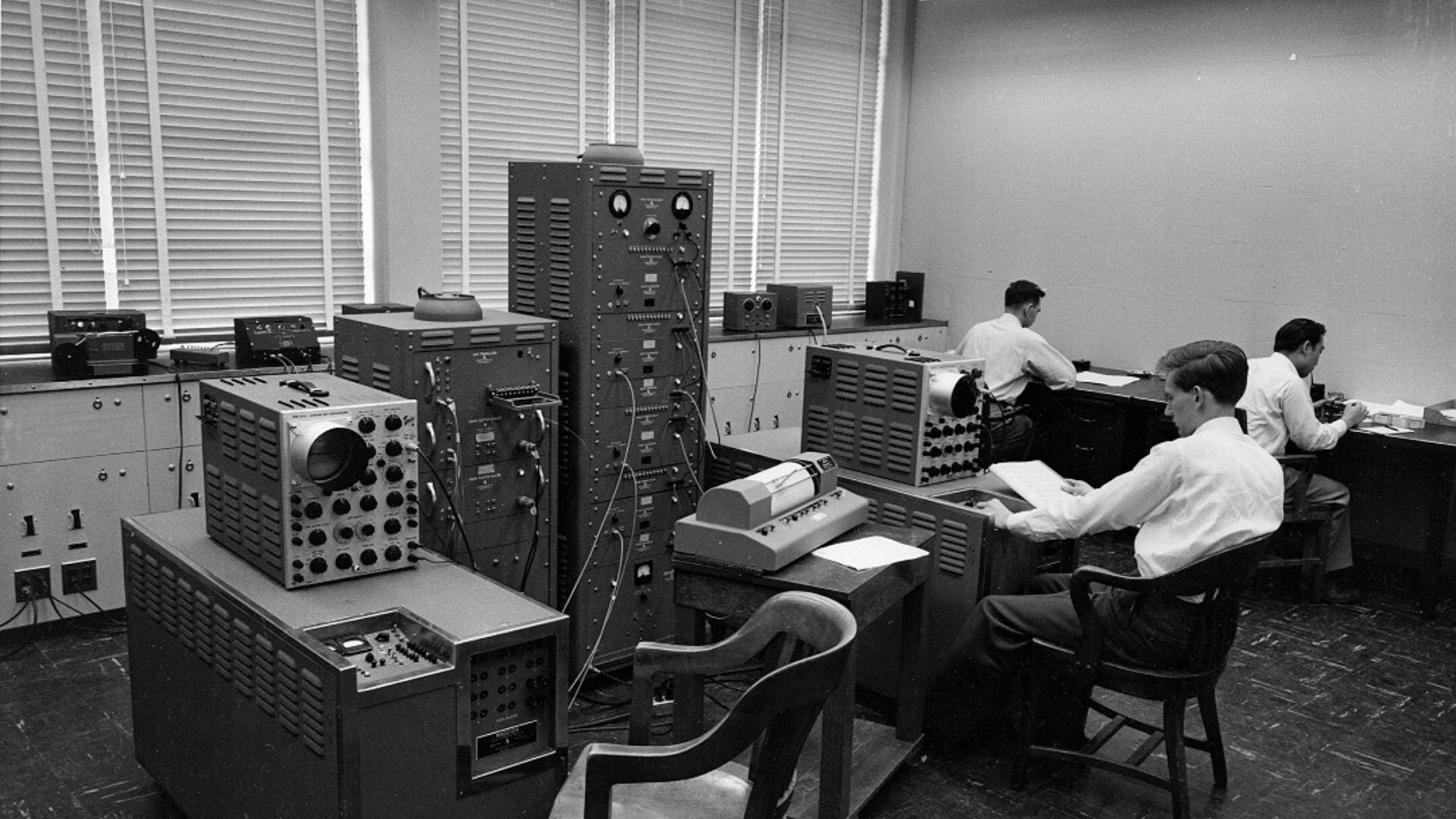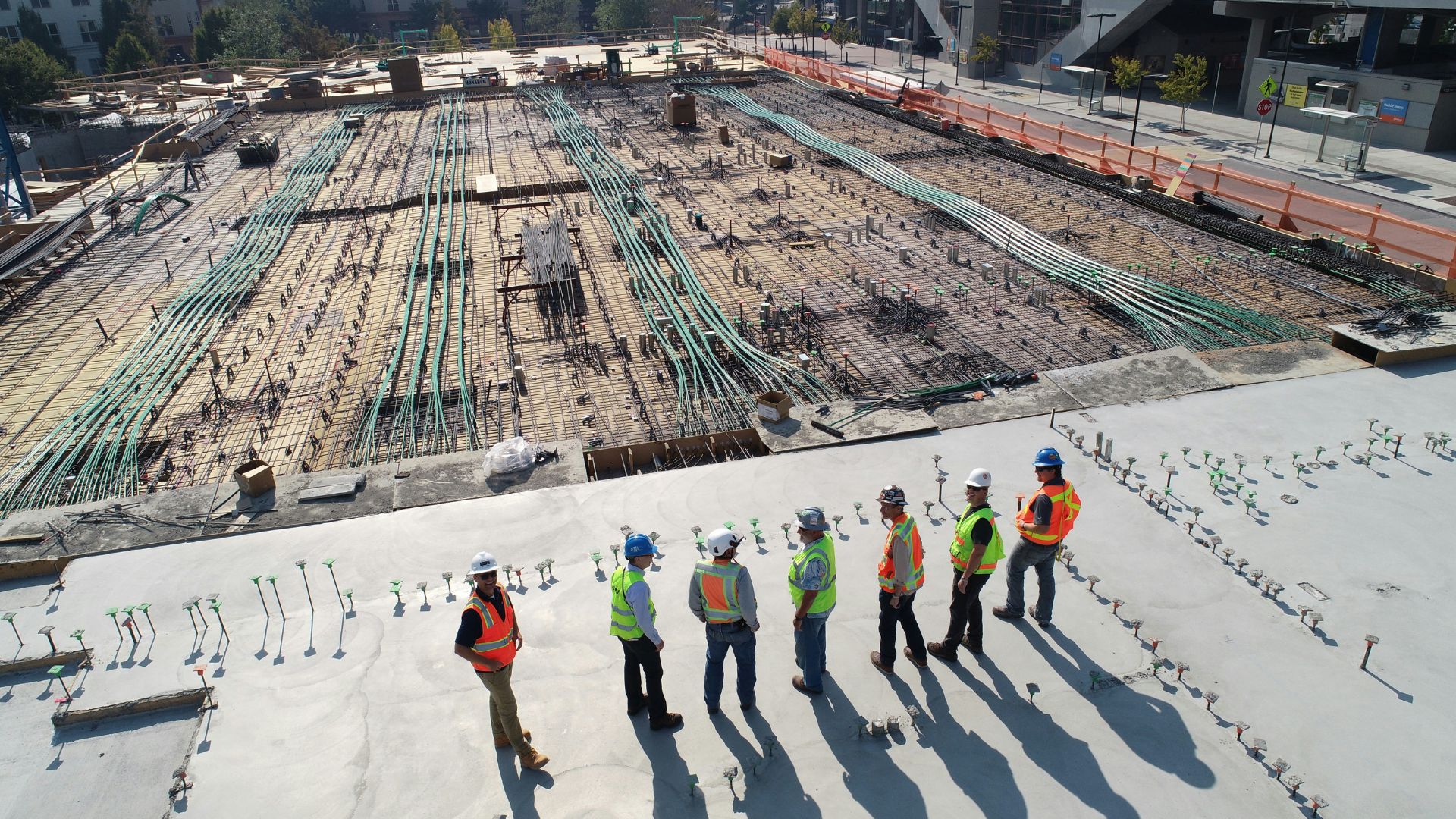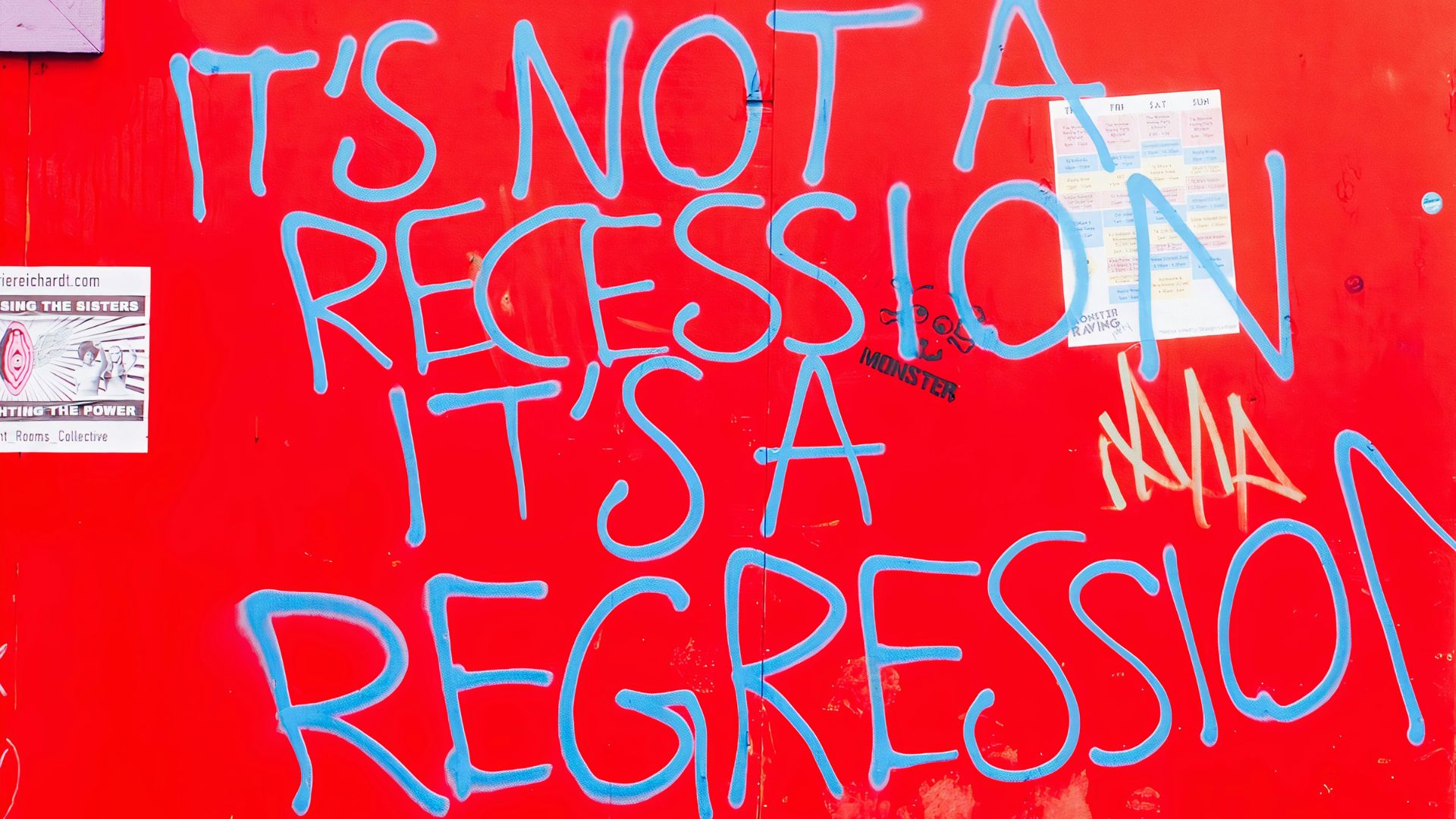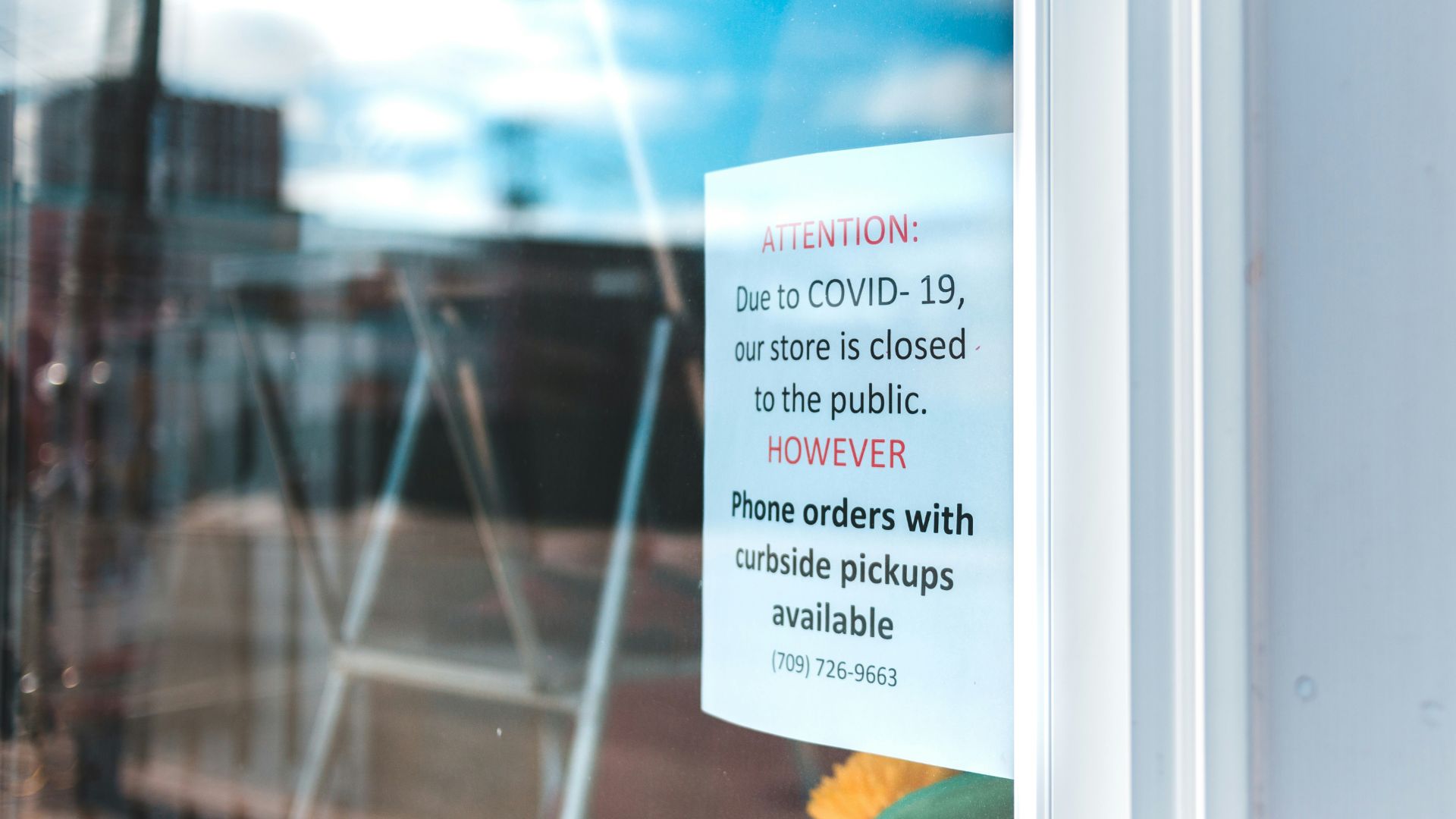Recent figures from the Bureau of Labor Statistics highlight a concerning shift: just 89% of working-age men are now employed or seeking employment, a notable drop from the 97% participation rate in 1950.
This dramatic change illustrates a profound transformation in male workforce engagement over the past seventy years.
A Look Back at the 1950s

Taking a trip back to the 1950s, the employment scene in America tells a different story.
During that era, approximately 96% of people between the ages of 25 and 54 were in the workforce, either in full-time or part-time roles. Today, that percentage has sharply declined to 86%.
Understanding the Broader Consequences

The drop in male employment has caught the attention of experts who are worried about its long-term effects on both the economy and society.
Robin Brooks from the Brookings Institution stresses the severity, saying, “The U.S. has a major issue of prime-age men giving up and permanently exiting the labor force.”
An Overlooked Issue

Despite its potential repercussions, this trend isn’t getting the spotlight it deserves.
Brooks criticizes the lack of coverage, noting, “What’s striking about this is that it doesn’t get talked about at all, not in the mainstream media and not by economists, even though this obviously feeds political radicalization.”
Recession and Its Lasting Impact

Historically, economic downturns have triggered declines in workforce participation from which full recovery is rare.
After the 2008 Recession, for instance, male employment fell from 88% to 80.6% and hasn’t climbed back over 86.7% since then.
Pandemic Effects Echo Historical Patterns

The COVID-19 pandemic caused a similar downturn, with male workforce participation dropping to 78% in 2020.
Although there has been some rebound, numbers remain significantly lower than those of the 1950s.
A Growing Educational Divide

There’s also a widening gap in educational attainment. Currently, women outnumber men in college completion rates, 60 to 40%.
This shift is reshaping job prospects and job security for many men, influencing their roles in the labor market.
Education and Employment Correlation

Employment prospects differ drastically by educational level.
The Bureau of Labor Statistics points out that individuals with just a high school diploma face a 3.9% unemployment rate, much higher than the 2.2% for those with a bachelor’s degree.
Earnings, Education, and Esteem

Financial disparities tied to education are growing.
A Federal Reserve Bank of Boston study suggests that deteriorating social status linked to job market conditions is a significant factor affecting self-esteem, noting, “This finding suggests that deteriorating social status is a plausible key factor.”
Changes in Social Support Systems

Social Security disability benefits have seen a drastic increase from 455,000 recipients in 1960 to 7.6 million in 2022.
This group includes 1.3 million men aged 25 to 54, highlighting a significant shift in America’s social safety nets.
Industry Shifts Redefining Work

As Yvonne Vissing of Salem State University points out, job market shifts have a profound effect on whether people can work.
She explains, “If the jobs don’t meet people’s needs, people can’t work. It’s not that they won’t work. They can’t, given the job options, locations, tasks, hours, pay, and environments that are available.”
The Quest for Meaningful Work

More men are searching for work that is not only financially but also emotionally rewarding.
Vissing captures this sentiment, stating, “Many jobs are simply not satisfying. Working for others who get the benefit of our physical labor and intellectual property is not rewarding either emotionally or financially. People want to work doing jobs that matter to us.”
